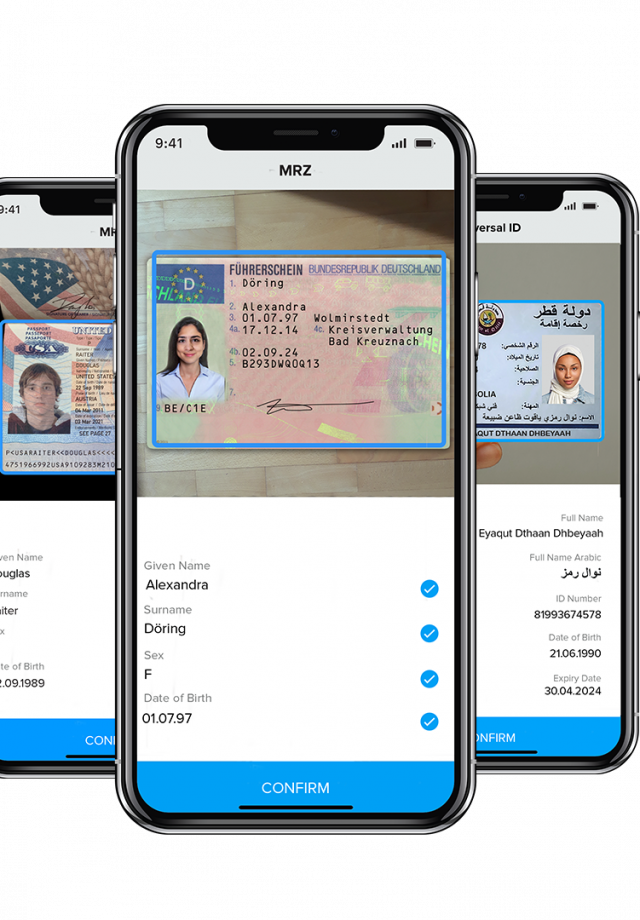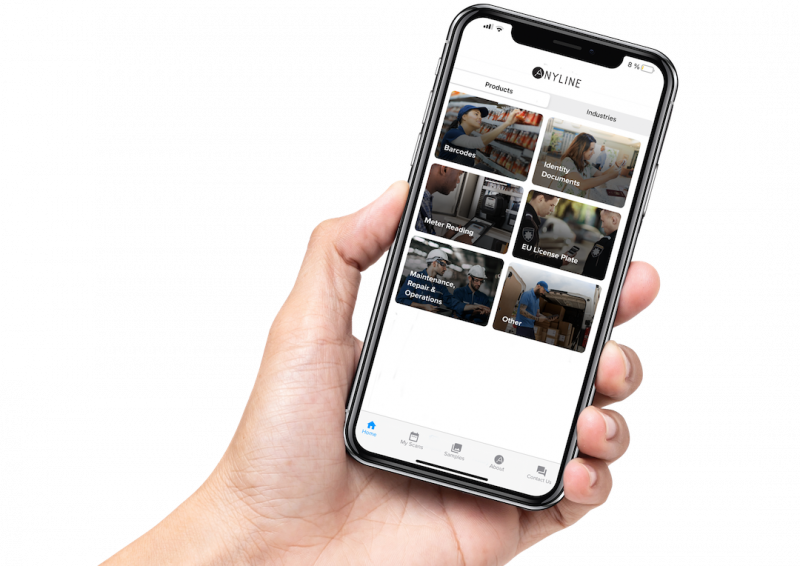
How the World Food Programme Streamlined Aid Deliveries with Mobile Scanning
How the UN World Food Programme has adopted mobile ID scanning to verify the identity of aid recipients in Central America.
The United Nations World Food Programme (WFP) is the largest humanitarian organization worldwide, providing food assistance for those in need, no matter where in the world they are. Each year, WFP delivers food assistance to over 85 million people across 83 countries and works to reach Goal #2 of the UN Sustainable Development Goals: Zero Hunger.
To achieve these aims, WFP needs to have access to tools that can help facilitate the delivery of aid to recipients. WFP has adopted Anyline scanning technology to quickly verify the identity of aid recipients and reduce the time and effort spent on administration.
The Vision
The Nobel Prize-winning WFP faces many challenges in delivering their vital humanitarian aid and often operates in the midst of ongoing conflicts, or in the aftermath of natural disasters. In these demanding environments, a lack of transport and communication infrastructure can severely impede their work. While working in these remote and challenging areas, the WFP wanted to vastly overhaul and improve their methods and processes to not only create an efficient system for their workers but to also improve the speed at which they can assist those in need.

The Anyline Solution
WFP recently undertook a project in Guatemala and El Salvador to streamline the process of identifying aid recipients. By integrating Anyline Identification Scanning onto their mobile devices, WFP officials can now scan the national ID cards of people in need of assistance instantly and on the spot, allowing them to quickly distribute the correct resources to them.
Given the circumstances in which WFP operates, it is important to have robust solutions that work in any situation. Anyline mobile ID scanning takes place entirely on the user’s device, allowing WFP staff to check IDs and carry out deliveries wherever they are, even in isolated and rural communities where there is no internet connection.
Moving the process to a digital one also saves time for the WFP staff during deliveries by reducing the administrative burden. This results in improved data quality collection and ensures that care packages are given to the intended recipients.
“We are proud to support the UN World Food Programme in their vital work. Smartphone-based ID scanning will save countless hours during deliveries, helping WFP to make the best use of their resources, and focus on serving communities across Central America.”
